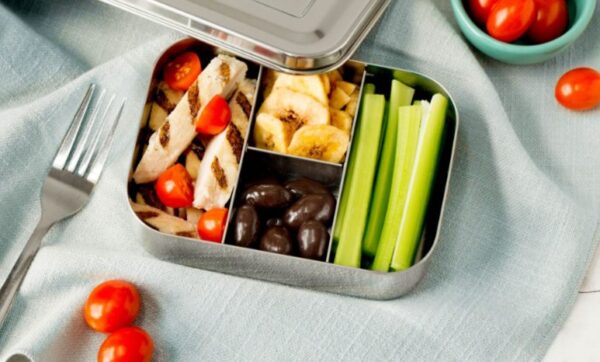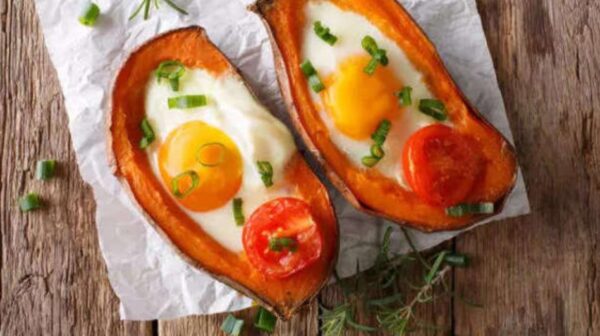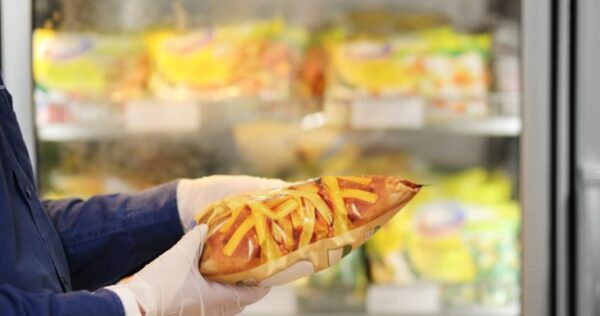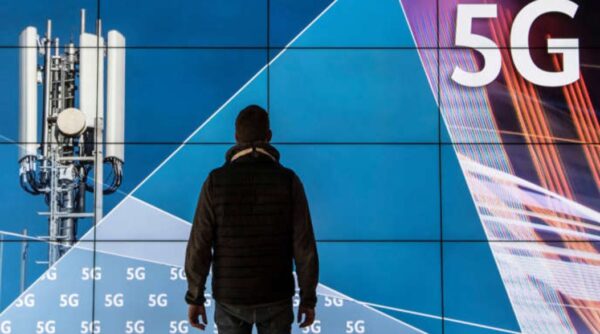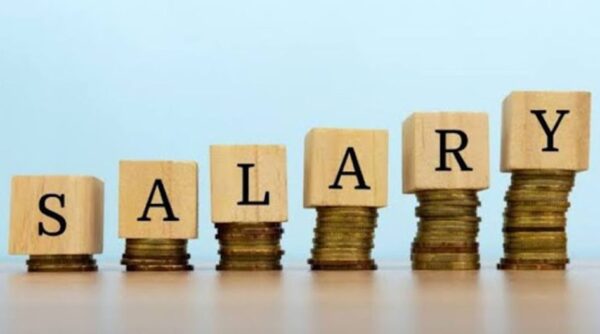Lifestyle
Eating these 7 foods can leave you feeling even hungrier
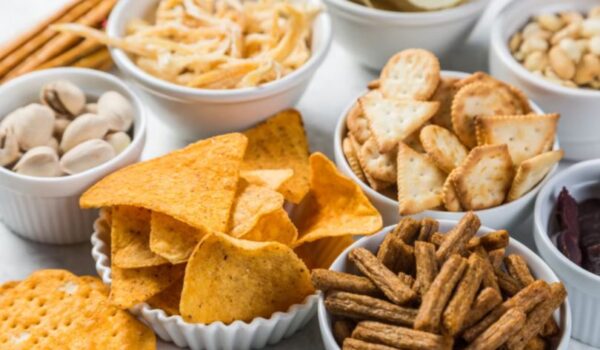
Ever finish a meal only to find yourself raiding the fridge an hour later? You’re not alone — and the culprit might be what you just ate.
Some foods, rather than curbing hunger, actually rev up your appetite and leave you craving more.
Hunger is a result of many complex interactions that occur in the stomach, intestines, brain, pancreas, and bloodstream.
But that circuit can be easily thrown off balance. Here are seven everyday foods that might be making you hungrier — and the science that explains why.
1. White bread
White bread might look harmless, but it’s basically a fast-track to hunger pangs. Made from refined white flour that’s stripped of fiber and nutrients, it causes your blood sugar to spike and then crash—not long after you’ve eaten it. According to a large Spanish study of over 9,000 people, those who ate two or more servings of white bread daily were 40% more likely to become overweight or obese within five years. That’s partly because fiber helps you feel full, and white bread just doesn’t have enough of it to do the job.
2. Fruit juice
That “healthy” glass of juice might be doing more harm than good if you’re watching your appetite. Most juices—even the all-natural ones—are loaded with sugar and lack the fiber that whole fruits offer. With no protein or fat to slow absorption, juice causes a rapid spike in blood sugar followed by a crash, which leaves you feeling hungrier than before. It’s basically a sugar rush in disguise.
3. Chips and salty snacks
Ever notice how eating chips often leaves you craving something sweet right after? That’s no coincidence. Salty snacks like chips and pretzels are mostly made of refined carbs that digest quickly, leading to an insulin surge. Once that crashes, your brain goes hunting for energy—usually in the form of sugar. Plus, these snacks don’t fill you up in a balanced way. You might feel “salty full,” but your body is still looking for satisfaction elsewhere.
4. Fast foods
Fast food is designed to keep you coming back for more. From high levels of salt to sugar-loaded sauces and buns, everything on the tray contributes to a cycle of craving. Trans fats (often still lurking in fried items) can mess with gut health and appetite-regulating hormones like dopamine and serotonin. The result? Even after eating a calorie-heavy meal, you don’t feel truly full—and your brain might be urging you to get a dessert too.
5. Alcohol
Alcohol doesn’t just loosen inhibitions—it actually suppresses leptin, the hormone that tells your brain you’re full. A study published in The Journal of Clinical Endocrinology & Metabolism found that just three servings of alcohol can slash leptin levels by 30%. That’s why a night out often ends in late-night snacking or a trip to the nearest food truck, even if you had dinner earlier.
6. White pasta
White pasta is another carb bomb that lacks fiber, meaning it digests fast and leaves you hungry again soon after. Many people eat far more than a serving (which is only half a cup cooked), especially when dining out where you’re served piles of noodles. Pair it with a sugary red sauce and you’ve got a meal that spikes your blood sugar—then tanks it.
7. Foods with MSG
Chinese food can be delicious, but many restaurant dishes contain MSG (monosodium glutamate), a flavor enhancer linked to increased appetite in some studies. While the science is still mixed, one study in Obesity suggested that regular MSG consumption may be associated with weight gain, possibly by affecting how full you feel. Not all Chinese food has MSG, so it’s worth asking or checking labels when possible.


